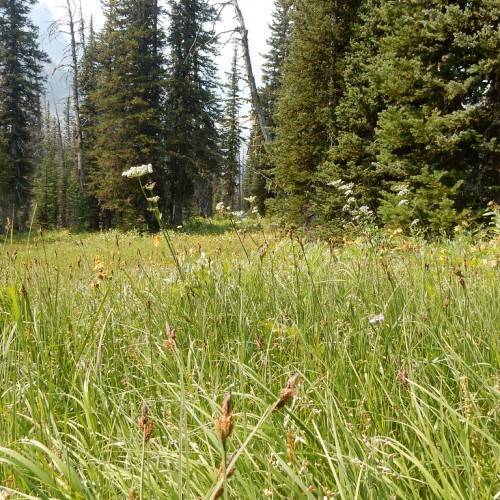
Graceful Mountain Sedge
Carex podocarpa
Also Known As - Short Stalk SedgeWatering:
Frequent
Hardiness Zone:
Flowers:
Flowers
Sun:
Shade, Deciduous Shade (Spring Sun)
Soil:
Clay, Sand, Humus Enriched
Leaf:
Yes
Growth Rate:
Low
Drought Tolerant:
Yes
Salt Tolerant:
Yes
Care Level:
Medium
watering
Broad Leaved Sedge should be watered regularly throughout the active growing season, but moderated with caution. This plant species prefers moist soils, so it should not be allowed to dry out completely between waterings. During the hot summer months, keep the soil lightly moist, and provide about 1 inch of water every week. In mild climates, the plant may not need as much water, but it’s important to make sure the soil doesn’t completely dry out. In colder months, watering should be reduced as the plant is likely to enter a state of dormancy. Generally, water the plant once or twice a month during the cooler months.
sunlight
Broad Leaved Sedge prefers direct sunlight for at least part of the day to promote healthy growth and flowering. Place the plant in a sunny or partially sunny location that receives at least 4 to 6 hours of direct morning or late afternoon sun per day for best results. Avoid too much direct midday sun that may scorch or dry out the foliage, especially in warm climates.
pruning
Broad Leaved Sedge should be pruned twice a year. In mid- to late spring, cut back the foliage of the plant to about 1-third of its original height. Then, in the late summer or early fall, cut back the foliage to about half its original height. This will help encourage denser growth and better overall health for the plant over time. Pruning out any dead stems or overcrowded patches will also help increase air circulation and sunlight penetration within the plant's canopy.
